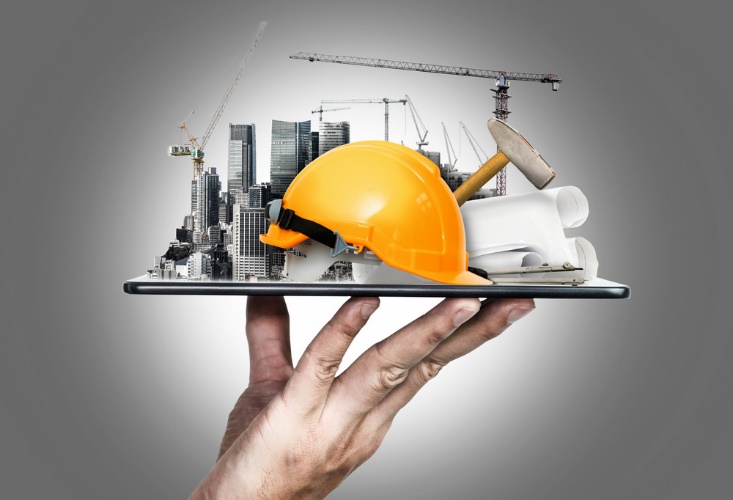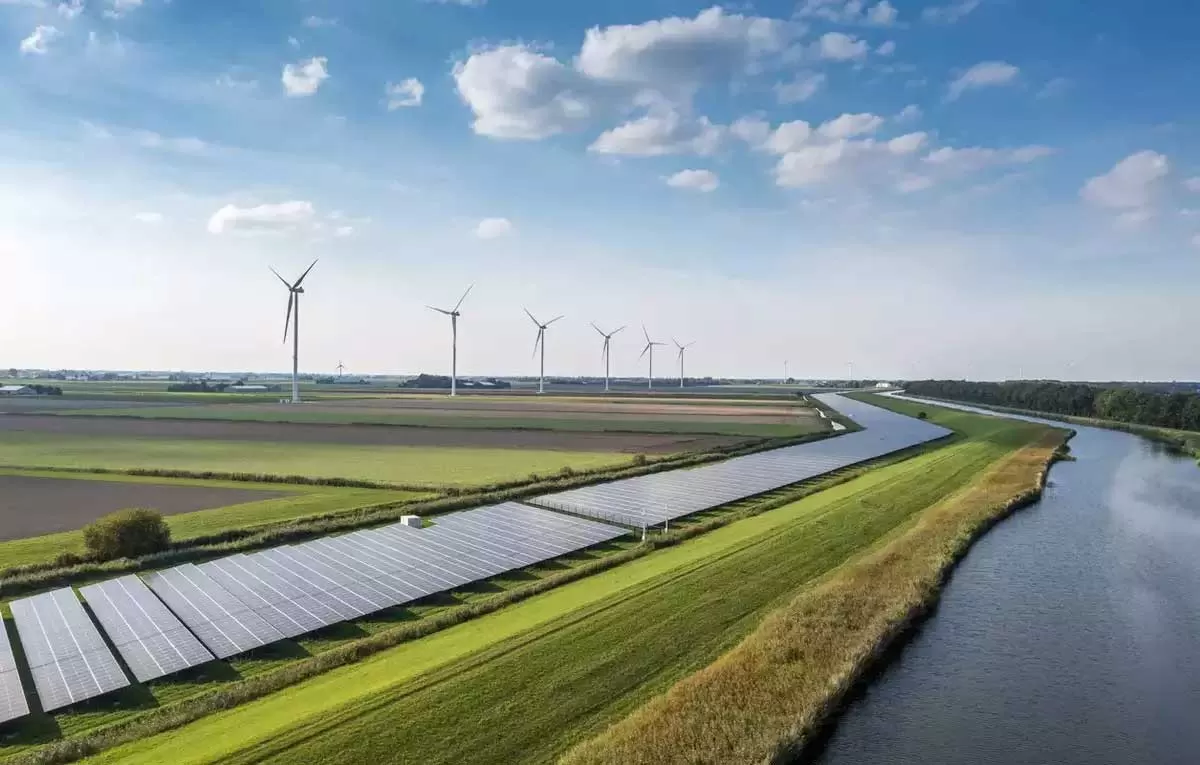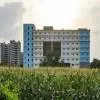
Anuj Puri, Chairman – ANAROCK Property Consultants
Towards the beginning of the pandemic, redevelopment in Mumbai had switched to the slow lane. Lack of capital and construction manpower and a seriously compromised construction materials pipeline were only one side of the problem. Another dampener was the fact that government offices were functioning erratically at best - and redevelopment in a city like Mumbai required the granting of countless permissions and clearances.
Of late, with all these bottlenecks opening up once more, redevelopment projects in Mumbai may begin picking up pace again. There are no real alternatives - the biggest problem for real estate development in Mumbai is land scarcity. There are very few opportunities for greenfield developments in the more valuable city centre areas. As such, redevelopment projects are often the only option for developers keen to have projects in such areas, where demand exceeds supply.
Different Types of Redevelopment
Not all redevelopment opportunities are created equal. There are basically three kinds of regular redevelopment models - slum redevelopment, cluster redevelopment, and redevelopment of four or five or even one old housing societies. Of these, most developers would prefer the kind involving old societies since the original owners are in manageable numbers, and it is easier to get a consensus.
However, these are not the meatiest redevelopment opportunities in Mumbai. In fact, industrial-to-residential redevelopments are far more lucrative. Here, there are relatively fewer stakeholders involved, the proposition is more or less straightforward, and the redevelopment can yield a sizable number of residential units. Also, many such industrial units are debt-ridden and may therefore be available on distress sale directly from the financiers. In Mumbai, a good example of such industrial-to-residential redevelopment involves defunct mill premises.
Cluster redevelopments, on the other hand, are a lot more complicated because larger numbers of stakeholders whose buy-in needs to be obtained are involved.
The hardest and, in most cases, the least preferred variant is slum redevelopment. SRA projects involve countless numbers of stakeholders and government departments, apart from often vested political interests.
At any given time, redevelopment is a big deal in a metropolitan city hemmed in by the sea on three sides. The acute shortage of available land in the core parts of Mumbai has compelled the city to expand Northwards into adjoining districts of Navi Mumbai, Thane, and Raigad, and the peripheral suburban locations along the central and western rail network.
Obviously, the most lucrative redevelopments happen in the most valuable central areas where land prices are astronomical and profit margins huge. Redevelopments in the suburbs are far less attractive, and they don’t need it as much as the central areas.
In value terms, the division of the units from redevelopments is usually 30-40% towards the original owners, with the remaining 60-70% being available for free sale to the developer. This can vary widely according to the size of the undertaking. Redevelopments attract TDR and FSI benefits; however, the real value for developers is the location.
Currently, large developers involved in Mumbai redevelopment projects include names like S Raheja Realty and Kolte-Patil Developers. Many small and local developers are engaged in society redevelopments.
The Dharavi Redevelopment Project
Talked about for years with no progress on the ground, the Dharavi slum redevelopment project falls in a prime locality between BKC and the Lower Parel. If the state government, town planning authorities and developers ever manage to cut through the massive Gordian Knot that has this project tied up, it will result in a massive supply infusion.
Residential projects there will naturally cater to high-end property buyers. With the applicable FSI there, there will be enough left for luxury housing projects after the rehabilitation of existing hutments. With an FSI of 4 instead of the usual SRA ceiling of 2.5, the Dharavi redevelopment project can indeed be a truly world-class development – and extremely lucrative for all involved stakeholders.

(Image source – Kouonsu - Wikipedia)
In the redevelopment plans that have been submitted as of date, Dharavi has been broken down into ten distinct sectors, each to be tackled by selected developers. This will mean that the developers would need to consider the current market for retail, commercial and residential development, and also the usage mix of the other sectors. The involved developers will have to study each catchment by its own merits, based on their own market studies and their own business models.
When the Dharavi redevelopment project finally gets underway, the five identified sectors - at an average of 70 acres each - are likely to feature mixed developments. The time frame for completion will probably be between 8-10 years. The property prices in and around Dharavi in areas such as Sion, Chembur, etc. are currently around Rs 25,000 – 30,000 per sq ft and once the Dharavi redevelopment project completes, property rates could easily see a 30-40% upside as lot of new supply will be added in the high-demand market.
In terms of residential and commercial space, this particular slum rehabilitation project will yield extremely high-quality products. Because of this, they will carry an additional premium, apart from the premium attached to the location. It will certainly set new benchmarks in Indian real estate, but it cannot be compared to anything past or present.
Dharavi's redevelopment will be a one-off thing – something that happens only every 50 years or so in any particular city. As a result, nothing compares to it on the domestic level. Other major urban rejuvenation drives have taken place in countries like Singapore; however, these are purely urban rejuvenation projects and have nothing to do with slum redevelopment.
The Dharavi redevelopment project would also create waves in the retail sector. Apart from the favourable development mix, Dharavi has a sufficient population in the SEC 'B' and 'C' sectors that use it as a launchpad to better lifestyles. This population component will definitely be a tailor-made market for value retail in the form of hypermarkets and discount stores.
At the same time, on Dharavi's peripheries, Dadar, Wadala, Bandra, Ghatkopar, Sion, and Chembur will also contribute to Dharavi's advantage, and vice versa.
The BDD Chawls Redevelopment Project
While Dharavi's redevelopment is still more or less science fiction as of now, other redevelopment projects in Mumbai are happening in the here and now. For instance, the redevelopment of the Bombay Development Department (BDD) chawls is now underway. It has been long due as the structures are in a precarious condition and are unsafe for occupancy.
Currently, there are over 195 such tenements spread across 87 acres of prime South Mumbai in Worli, Naigaon, and Parel. Worli currently has the highest share of such structures, covering an area of 60 acres and houses over 12,000 families. These dilapidated structures once housed migrant mill workers and now occupy prime real estate locations in the city.
Redevelopment at such a scale - in prime South Mumbai locations - will free up precious land and give a genuine fillip to the real estate sector in the city. South Central Mumbai currently accounts for 1-5% of the total housing supply in Mumbai and is primarily driven by the luxury and ultra-luxury segments. Unlocking large land parcels will open new development avenues in the region, enabling the growth of the real estate sector across various asset classes.
The prevailing prices in these prime locations of South Mumbai are between Rs 35,000-40,000 per sq ft, particularly in the micro-markets of Worli and Lower Parel. Prices here have remained stable for over a year despite the rise in input costs. However, the infusion of new supply at such a magnitude will probably cause some downward ripples on the pricing front.
The BDD chawls redevelopment will first focus on the rehabilitation of the existing residents, apart from creating free-sale stock. The share of free-sale stock, when compared to the total volume and cost of development, is not significant and will probably not impact real estate developments and prices in the area.
What about affordable housing?
Over the last few years, most of the supply in MMR has been in the affordable segment - in fact, 30-44% of all new housing in MMR has been in this category. Almost all of this new affordable supply has come up in the suburbs and peripheral regions - none in the core parts of the city.
In the post-pandemic period, there is a noticeable shift towards mid-segment housing as residential demand now favours more functional homes which can accommodate WFH and e-schooling in times of such disruptions. While the continued migration of workforce across various socio-economic strata does create a need for housing in Mumbai, we are unlikely to see much - if any - budget housing resulting from Mumbai's redevelopment projects.


















